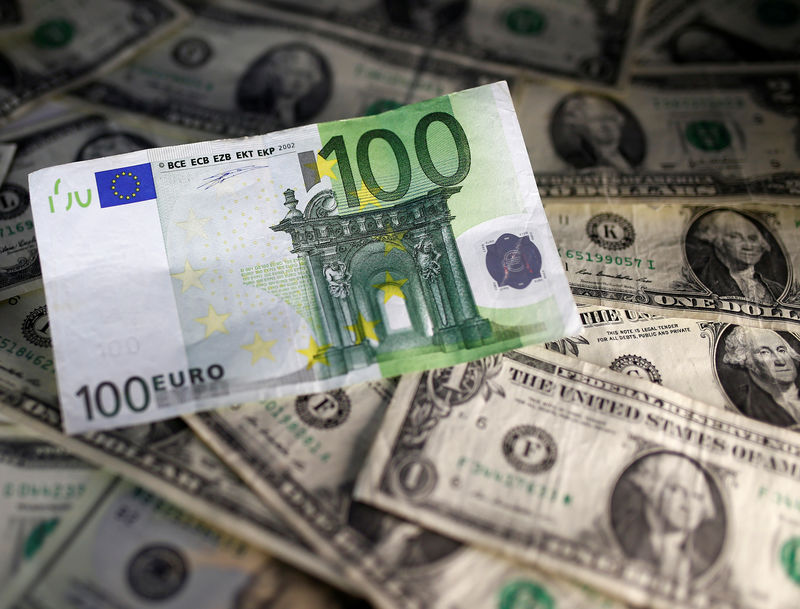Investing.com - The dollar moved higher against a basket of the other major currencies on Monday after data showing that U.S. job growth cooled in December did little to alter expectations for further Federal Reserve rate hikes this year.
The U.S. dollar index, which measures the greenback’s strength against a trade-weighted basket of six major currencies, rose 0.25% to 91.98 by 03:07 AM ET (08:07 AM GMT), up from its January 2 trough of 91.47, which was the lowest level since September 20.
The U.S. economy added 148,000 jobs in December, the Labor Department reported Friday, well below the 190,000 forecast by economists.
The dollar briefly slid to the day’s lows following the report before regaining ground.
The jobs data was seen as unlikely to alter investor expectations for a rate hike by the U.S. central bank at its March meeting. Fed officials have penciled in three rate increases this year and two in 2019.
Higher interest rates tend to boost the dollar by making the currency more attractive to yield-seeking investors.
The U.S. currency started the year on the back foot after the dollar index fell around 9.8% in 2017, its biggest annual percentage decline since 2003.
The dollar was pressured lower by expectations for faster monetary tightening outside the U.S., which would lessen the divergence between the Fed and other central banks.
The dollar moved higher against the yen, with USD/JPY climbing 0.25% to 113.33.
The euro was lower, with EUR/USD sliding 0.25% to 1.1999.
After getting off to a strong start to the year the single currency had hit a four-month high of 1.2088 on Thursday, putting it within striking distance of a September peak of 1.2092, its strongest level since early 2015.
Sterling was lower against the firmer dollar, with GBP/USD down 0.26% to 1.3538.
The Australian and New Zealand dollars were also lower, with AUD/USD losing 0.41% to trade at 0.7832 and NZD/USD shedding 0.15% to 0.7160.
